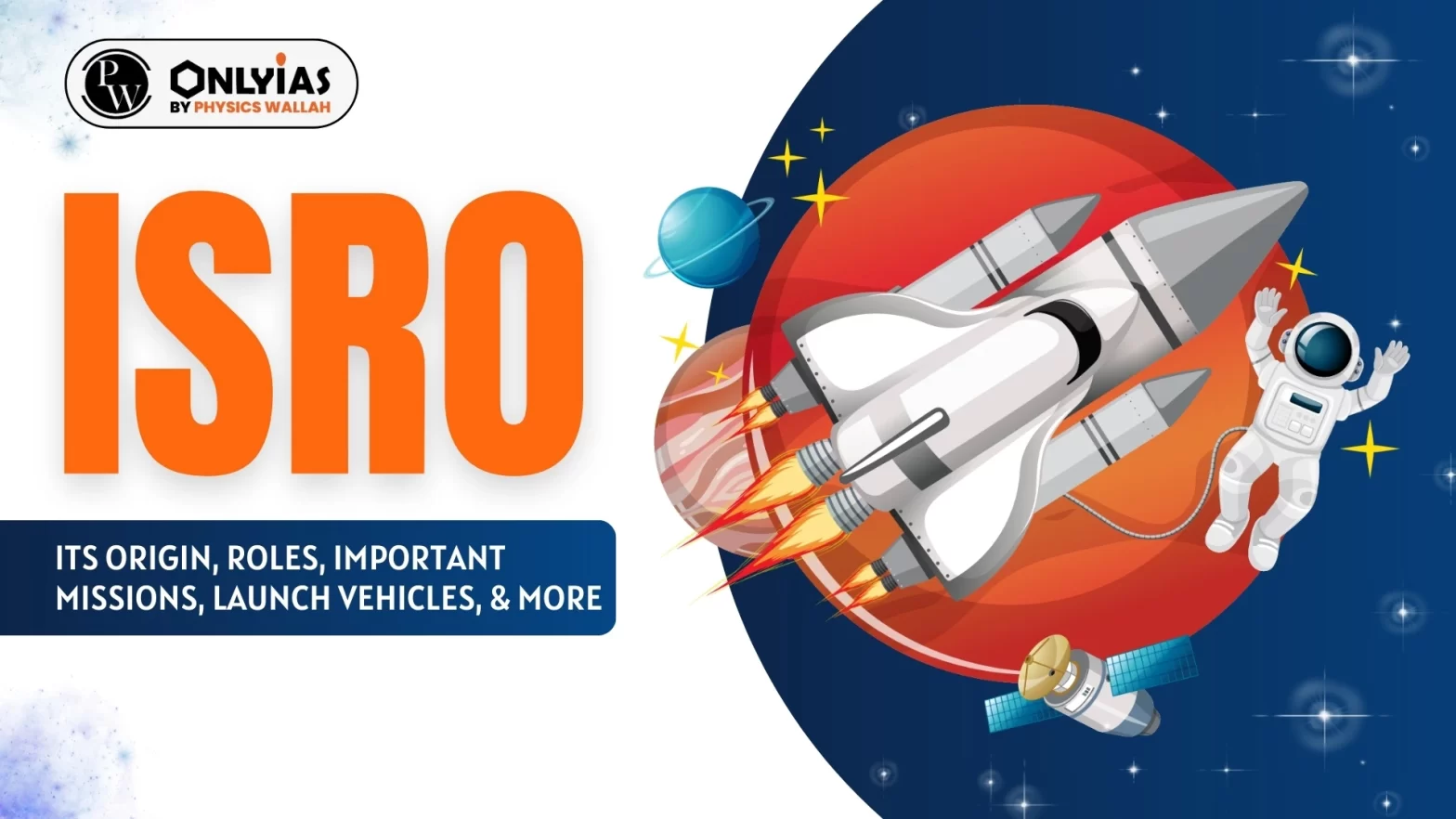
ISRO UPSC: The Indian Space Research Organisation (ISRO), established in 1969, has become a symbol of India’s technological prowess. With over 124 spacecraft missions and 94 launches, ISRO stands among the world’s top space agencies. Its achievements include the Mars Orbiter Mission (Mangalyaan), making India the first Asian nation to reach Mars orbit, and the recent success of Chandrayaan-3, which made India the first country to land on the Moon’s South Pole.
India is marking a significant milestone with the celebration of its first-ever National ISRO Day on August 23, 2024, to celebrate one-year anniversary of the successful landing of Vikram Lander.
On January 29, 2025, the Indian Space Research Organisation (ISRO) achieved a significant milestone by successfully conducting its 100th launch from the Satish Dhawan Space Centre in Sriharikota, Andhra Pradesh. The mission involved the Geosynchronous Satellite Launch Vehicle (GSLV-F15) carrying the NVS-02 navigation satellite. The launch took place at 6:23 AM IST from the second launch pad, marking a historic moment in India’s space exploration journey.
ISRO Day highlights the country’s remarkable achievements in space exploration and the broader societal benefits derived from these advancements. The celebration commemorates the one-year anniversary of the successful landing of ISRO’s Vikram Lander from the Chandrayaan-3 mission on August 23, 2023. This historic moment underscored India’s growing capabilities in space technology and exploration, and National ISRO Day serves as a reminder of the progress and potential that space science holds for the nation.
National Space 2024 Theme
The theme for National Space Day 2024 is “Touching Lives while Touching the Moon: India’s Space Saga.” This theme beautifully encapsulates India’s remarkable achievements in space exploration, emphasizing not only the technological milestones like the successful moon landing but also the profound impact these advancements have on the everyday lives of its citizens. It reflects India’s journey in space as a narrative of progress that reaches beyond the stars, enriching society in countless ways.
ISRO is also pioneering initiatives like the Gaganyaan mission, aiming to send Indian astronauts into space by 2024. UPSC aspirants must know about the establishment and achievements of ISRO. Keep on reading to learn about the achievements of ISRO, the space program in India, and how they made India proud.
Must Read: ISRO To Launch Chandrayaan 4 Mission
Must Read: New Targets For ISRO: Indian Space Station By 2035
| Must Read | |
| NCERT Notes For UPSC | UPSC Daily Current Affairs |
| UPSC Blogs | UPSC Daily Editorials |
<div class="new-fform">
</div>
